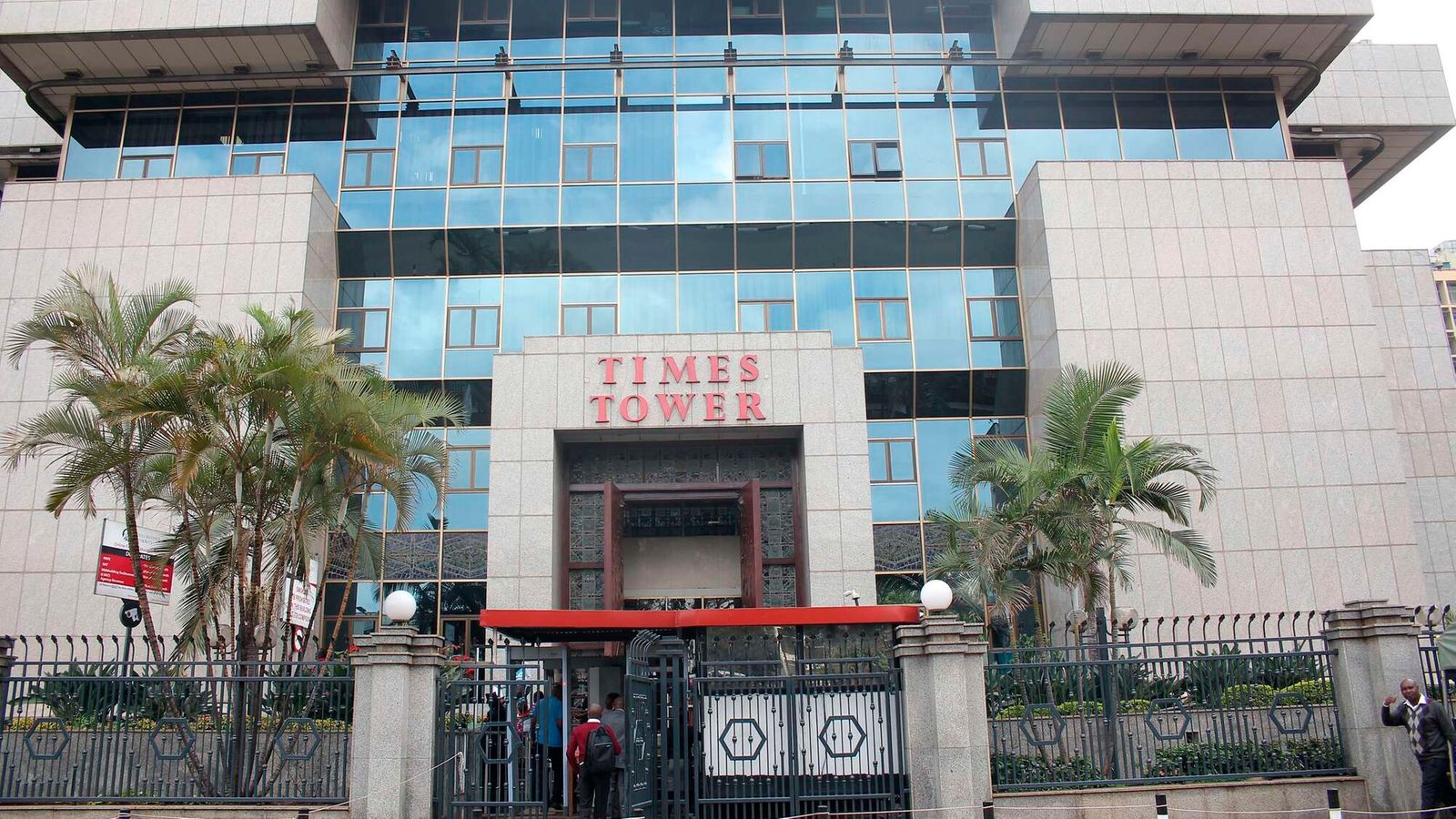
Corporate tax contributions from the construction and mining sectors are the lowest, only beating the education segment, new data shows– reflecting the financial mess in these two sections of the economy amid losses and growing pending bills.
Data by the Kenya Revenue Authority (KRA) showed that corporate income tax (CIT) receipts from the construction sector fell 9.02 percent in the financial year ended June 2024 to Sh3.6 billion.
The drop in CIT receipts from Sh3.96 billion the previous year means that the construction sector, which accounts for tens of billions of shillings in annual budgetary allocations from the government alone, made the second smallest contribution to Kenya’s taxes on corporate earnings for the second year in a row.
A decline in corporate tax payments is largely a pointer to a reduction in profitability but may also suggest the possibility of tax avoidance schemes and increased tax benefits, especially for publicly funded projects.
The key economic sector has been battling a reduction in deals in the wake of President William Ruto slowing down expenditure on capital-intensive infrastructure projects such as roads amidst piling pending bills which has deepened the cash flow crisis for some contractors.
The struggles of the sector saw it suffer its first contraction in 11 years in the quarter that ended June 2024, according to the Kenya National Bureau of Statistics (KNBS).
“Indicators in the construction sector pointed to a slowdown in the sector’s activity. For instance, during the second quarter of 2024, cement consumption declined by 7.8 percent to stand at 2.05 million tonnes from 2.22 million tonnes in the corresponding period in 2023,” KNBS said in an economic output report for the quarter to June.
The KNBS data further showed volumes of imported bitumen — a key ingredient in road construction — also decreased 8.1 percent to 15,566.2 tonnes in the quarter to June from 16,936.3 tonnes a year earlier.
The volume of iron and steel shipped into Kenya from abroad also contracted 9.1 percent to 222,115.8 tonnes from 244,250.3 tonnes in the review period.
This has come at a time when contractors in the sector are battling deepening cash flow challenges due to delayed payment for government projects.
The road contractors, for example, were in December 2023 owed about Sh162 billion by the government, Principal Secretary for Roads Joseph Mbugua told lawmakers in February.
“It will take 12 years to clear all certified pending bills if we continue to get an allocation of Sh40 billion from Treasury annually,” Mr Mbugua told National Assembly’s Public Accounts Committee. “The issue of pending bills will recur until we get the Treasury’s commitment to allocate us Sh250 billion annually for the next four years.”
The cash crisis has seen banks starve the sector of fresh loans, according to data from Central Bank of Kenya which showed a 7.5 percent drop in credit to Sh131.1 billion in the quarter to June.
The construction sector, a key driver of economic activities in Kenya, has also been grappling with the high cost of inputs such as cement, ballast, gravel, crushed stones, sand, roofing materials, and paint.
“The overall increase in the building cost index in the second quarter of 2024 reflects the rise in the cost of materials, transport, fuel, and labour,” the KNBS wrote in the report.
The gross domestic product (GDP) data showed that construction and mining & quarrying were the only economic sectors that contracted in the second quarter, partly helping pull down overall performance to a slower 4.6 percent growth compared to 5.6 percent the previous year.
Firms in the mining sector contributed about Sh4.15 billion in CIT taxes for the review financial year ended June 2024, according to KRA, a marginal 1.5 percent drop from Sh4.22 billion the year before.
KNBS data indicate the recent contraction in mining activities showed signs of easing in the quarter to June, contracting 2.7 percent year-on-year which is softer than 14.8 percent and 6.9 percent in the preceding quarters.
Economic activities in the mining sector have been largely hit by a blanket December 2019 moratorium on the issuance of prospecting, mining, and dealership licences and permits in December 2019 as part of reforms and streamlining of the underperforming sector.
The Ruto administration lifted the ban on the issuance of permits and licences for 56 industrial and construction minerals in October last year but has maintained that approval for prospecting and extraction of strategic minerals be done on a case-by-case basis guided by Mining (Strategic Minerals) Regulations, 2017.
Minerals that Kenya has declared as strategic are cobalt, graphite, copper, tantalum, lithium, Niobium, coltan, nickel, and tin. Others are radio-active minerals like uranium and thorium, tsavorite, rare earth minerals, and chromite.
Education, which has a myriad of tax benefits, is the only sector that performed worse than construction in CIT remittances at least in the last two fiscal years, the KRA data shows.






